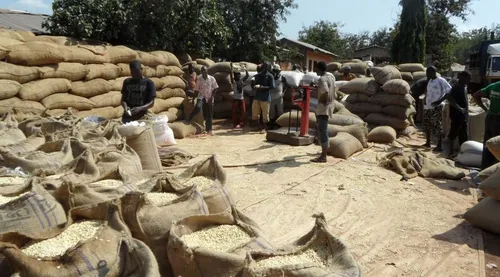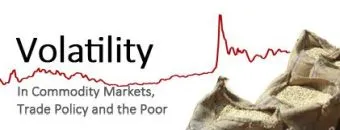Ghana

Ghana is a lower middle income country south of the Sahel zone that has made considerable progress in combating poverty and hunger during the last decade. However, almost half of the population still relies on agriculture as an income source. Commodity prices in Ghana exhibit clear seasonal patterns. Storage is only possible to a limited extent due to a lack of warehouse and silo facilities. Further, a large share of production is stored on-farm and associated with high losses. Both have major implications for domestic price development. Ghana’s food security depends on rice imports from the US and Asia. During the 2007/2008 food crisis, the government of Ghana was forced to reduce import tariffs in order to guarantee rice supply at affordable prices. In 2009, the Ministry of Food and Agriculture (MOFA) set up the National Buffer Stock Company (NAFCO) to intervene in grain markets in order to stabilize prices and to administer the national emergency reserve.
The work in Ghana focuses on stockholders and merchants and their role in market price development as well as the determinants of their decision making. The model will also consider regional market integration within the regional free trade zone (Ecowas).
Publications
- Kornher, L. & M. Kalkuhl (2016). The Costs and Benefits of Regional Cooperation on Grain Reserves: The Case of ECOWAS. In M. Kalkuhl, J. von Braun, & M. Torero (Eds.), Food Price Volatility and Its Implications for Food Security and Policy. Springer International Publishing. [link]
- Kornher, L. (2015). Food price volatility: the role of stocks and trade. Ph.D. Thesis. University of Bonn, Bonn. [PDF]



